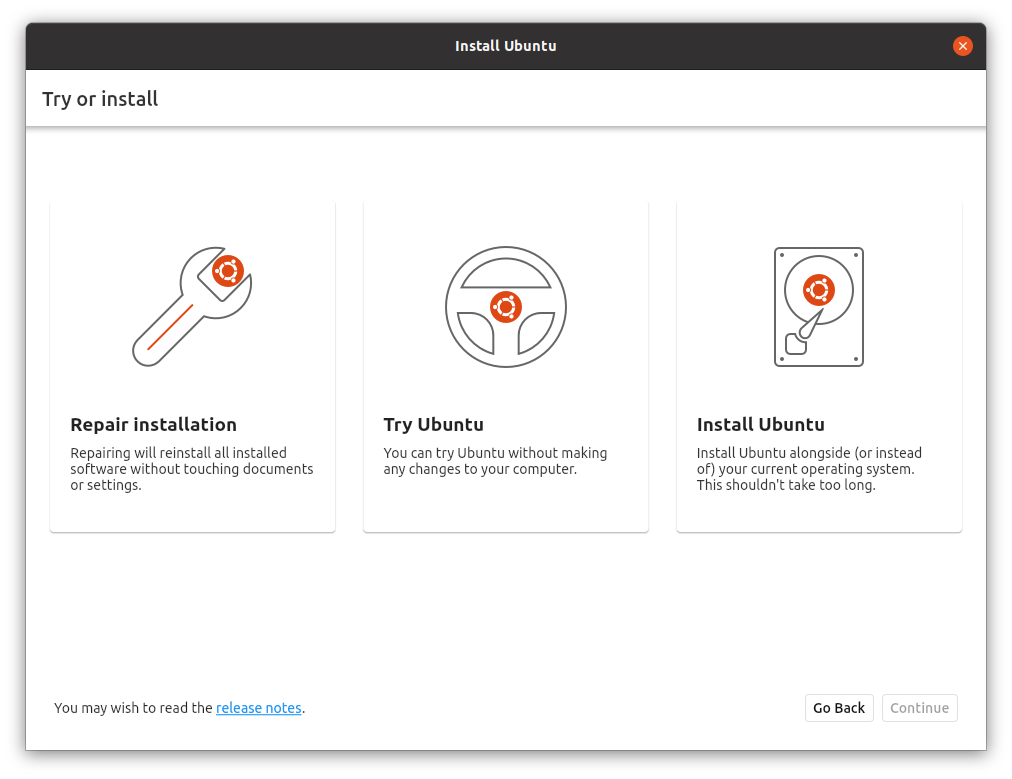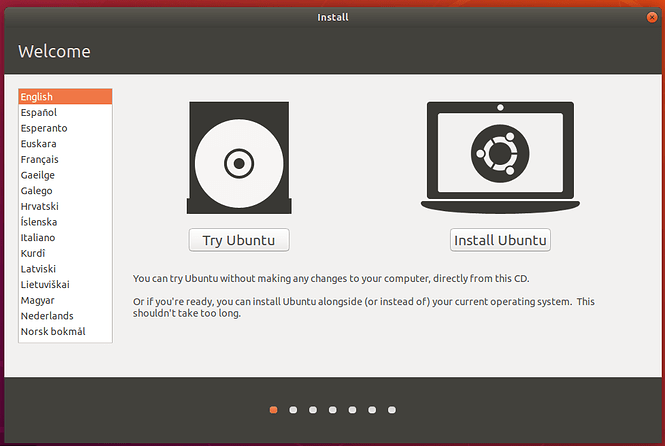The Ubuntu team announced that a new desktop installer based on Flutter is in the works. And it will replace the current Ubiquity installer.
The current Ubuntu desktop installer is decade-old Ubiquity. And there were not many updates on the Ubiquity installer itself for many years, while other aspects of the desktop moved forward with the latest tech and design.
Table of Contents
New Ubuntu Desktop Installer

Among all other things, you might be wondering, why to invest time and resources to develop a new installer. Well, as per the team, the old Ubiquity is difficult to maintain with its legacy Python codebase and it is wiser to adopt a more advanced programming language today.
Currently, the Ubuntu server uses the Subiquity installer and the team plans to streamline the installer across server, desktop line-ups for easy maintenance.
While the reasons are valid to migrate to a new installer in terms of software development, but there is still some debate on the use of Google’s Flutter language. Flutter, no doubt is one of the best open-source UI development kits available today. It provides some distinct advantages such as faster prototyping development, performance, and cross-platform across desktop and mobile devices.
What are the other options?
If you look at the open-source installer options that are available today, not much is there truly. Two of them which is advanced and can be considered as Ubiquity alternatives are:
- Anaconda (Written in Python, C used by RHEL, CentOS, fedora)
- Calamares (Written in Python, C used by Debian-LIVE, Manjaro, KDE Neon)
I am not sure what argument went on not adopting already existing installers. But I think, if you really want to replace Ubiquity, Calamares is pretty good followed by Anaconda. Although I feel Anaconda UI is far too complex without any reason.
So, having said that, there are still some grey areas which I feel personally.
Pros and Cons of a new installer
The entire toolkit Flutter is developed by Google. Although it is open-source, it still might changes direction if wanted by Google. And tied to a Google-platform tech is not a good idea in the long-term when you have many open-source options available if you really want to replace Ubiquity.
When I see the mock-up UI published by the team, the only best thing about this new installer is the Repair option. The repair option provides an option to repair your existing Ubuntu installation (add or remove packages) without touching your home directory documents and settings. I don’t think this feature is separately available in any Calamares or Anaconda.
Can we make Ubiquity better?

If you think from a user perspective – the most critical component of any Linux desktop installer is the partitioning module – where you choose which device/ partition to install, format, etc. I would not deny that Ubiquity’s partition screen required a huge overhaul compared to others. I think GParted does a good job while displaying the disks and partitions – despite it being legacy software.
But the rest of the functionalities and screens are pretty basic and don’t require the development of a new installer. Ubuntu could have just overhauled the partition module for users.
Ubuntu team plans to introduce this installer with the October 2021 release of Ubuntu 21.10. That will give plenty of time for feedback and bug fixes to have it ready for the next Ubuntu LTS release on April 2022. And yes it’s very early in development, so it won’t be available in Ubuntu 21.04 Hirsute Hippo.
Overall, it’s always better to discard old legacy tech and adopt new ones. You get many young developers, contributors for the project. Hence you get many iterations and improvements the more contributors you have. And Ubuntu being a standard in desktop today, it definitely required this push to modernize its entry point – the installer itself.